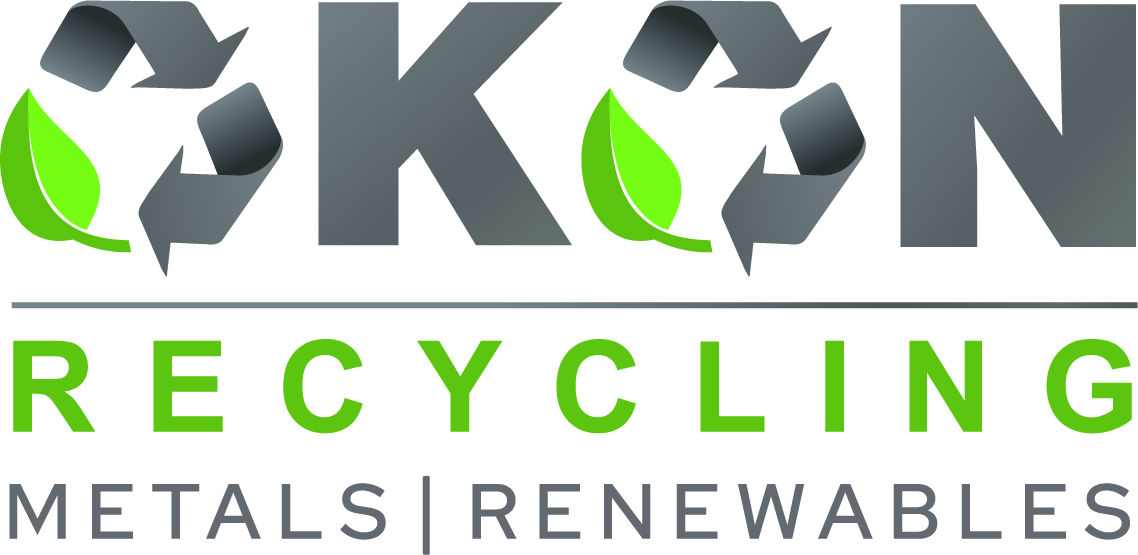5901 Botham Jean Blvd, Dallas, TX 75215
What Are Government Incentives for Solar Recycling?
April 24, 2025Government incentives for solar recycling include targeted financial programs that make solar panel end-of-life management economically viable.
These initiatives offer direct financial assistance, tax credits, and grant funding, reducing barriers for companies entering the recycling market. As solar installations grow worldwide, these incentives address the need for responsible disposal solutions.
The Inflation Reduction Act of 2022 marks a significant step in this area. It established tax credits for companies investing in facilities to recycle solar panels. This legislative approach aims to expand domestic recycling capacity while enhancing raw material security in the renewable energy sector.
Beyond federal initiatives, local governments often provide grants supporting environmentally friendly practices like solar panel recycling. Some regions have implemented manufacturer take-back programs that reduce or eliminate recycling fees.
These combined approaches create financial pathways for developing the infrastructure necessary to manage the increasing volume of decommissioned solar panels.
What Types of Incentives are Available for Solar Panel Recycling?

The 48C tax credit program is a major incentive for solar panel recycling in the United States. It offers substantial tax credits to solar manufacturers that establish dedicated recycling lines for solar modules, inverters, and batteries.
Companies meeting Department of Treasury requirements can access these credits, creating new business opportunities and jobs in the recycling sector.
Government subsidies
Government subsidies are another crucial support for solar recycling initiatives. The Biden administration has allocated $20 million for developing longer-lasting solar panels and improving recycling technologies.
Additionally, $82 million has been invested to boost solar manufacturing and recycling capabilities across the country, though most funding focuses on industry growth rather than end-of-life management.
Research and development grants
Research and development grants foster innovation in PV module recycling techniques. These grants help address the technological challenges of efficiently recovering valuable materials from panels.
The National Renewable Energy Laboratory (NREL) has documented that recycling a single silicon PV module costs between $15-$45, compared to just $1-$5 for landfill disposal, highlighting the economic barriers that R&D support aims to overcome.
State-level initiatives
State-level initiatives are emerging as key drivers for solar recycling programs. Six states have enacted laws addressing solar panel waste management. For example, California’s AB 1238 proposes establishing a recycling fee system to cover future recycling costs.
Other states like Vermont, Illinois, and Arizona are developing similar programs, including manufacturer takeback requirements and disposal funds collected through installation fees.
One-time installation fees
One-time installation fees represent a promising approach being explored in several states. These fees, collected at the time of solar panel installation, contribute to general funds dedicated to covering future recycling costs. This model distributes the financial burden across the product lifecycle rather than concentrating it at disposal.
Despite these initiatives, significant gaps remain in incentive programs.
While the 48C program supports business development in recycling, it doesn’t directly lower recycling costs for homeowners and businesses with rooftop solar installations. Industry experts suggest additional tax benefits and rebates could help make recycling more economically viable for end-users and prevent valuable materials from ending up in landfills.
The current economic reality presents a challenge for widespread adoption of solar recycling. With landfill disposal costing significantly less than recycling, many system owners choose the cheaper option despite environmental concerns. Effective incentive programs must address this cost differential to make responsible disposal the more attractive choice.
What is the Future Outlook for Solar Recycling Incentives?
The future of solar recycling incentives appears increasingly promising as awareness grows about the critical need for sustainable end-of-life management of photovoltaic modules.
The solar industry faces a significant waste management challenge in the coming decades. IRENA estimates that by 2030, around 8 million metric tons of solar panels will reach the end of their useful life, potentially increasing to 80 million metric tons by 2050.
State legislatures across the country are recognizing this emerging issue.
Several states are developing or considering legislation to study and implement comprehensive recycling programs. These policy frameworks aim to establish guidelines and create economic incentives to make recycling more financially viable than current disposal methods. The regulatory landscape is gradually shifting toward extended producer responsibility programs, requiring manufacturers to consider the entire lifecycle of their products.
Industry-led initiatives are emerging as another driving force behind recycling incentive development.
Companies like First Solar have implemented innovative recycling programs that can recover up to 90% of materials from their panels. These voluntary corporate efforts demonstrate the technical feasibility and business potential of creating closed-loop systems.
Industry consortiums like Photorama are pushing boundaries even further, aiming to recover more than 98% of panel mass with exceptional purity levels.
The circular economy concept is central to future recycling incentives. Rather than following the traditional linear ‘take-make-dispose’ model, a circular approach allows materials to be continuously reused.
The economic potential is substantial. IRENA estimates the market value of materials from recycled panels could reach $15 billion to $30 billion by 2050, creating strong economic motivation to develop systems that capture these valuable resources.
Conclusion: The Path Forward for Solar Recycling Incentives

Government incentives for solar recycling are crucial for developing a sustainable solar industry. Financial support programs, such as the 48C program for manufacturers who establish recycling lines for solar modules, are key steps toward effective end-of-life management for solar panels. These initiatives, along with regulatory frameworks and industry collaboration, are gradually building a solid recycling infrastructure.
Although economic viability is challenging, with current recycling costs often exceeding the value of recovered materials, continued innovation in recycling technologies shows promise. The potential market value of materials from recycled panels could reach up to $30 billion by 2050, creating significant economic opportunities while conserving resources and reducing environmental impact. The future success of solar recycling incentives depends on consistent policies, technological advancement, and increased consumer awareness.
For more information about responsible end-of-life management for solar panels or other electronic waste, contact Okon Recycling at 214-717-4083.
